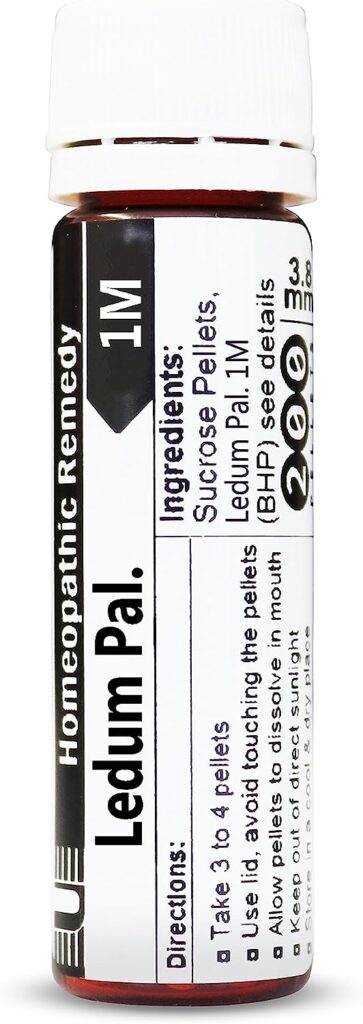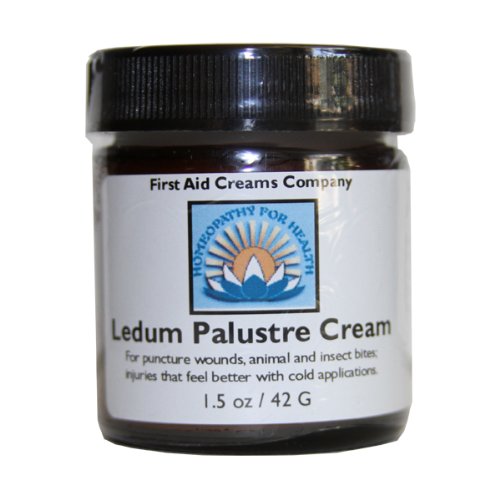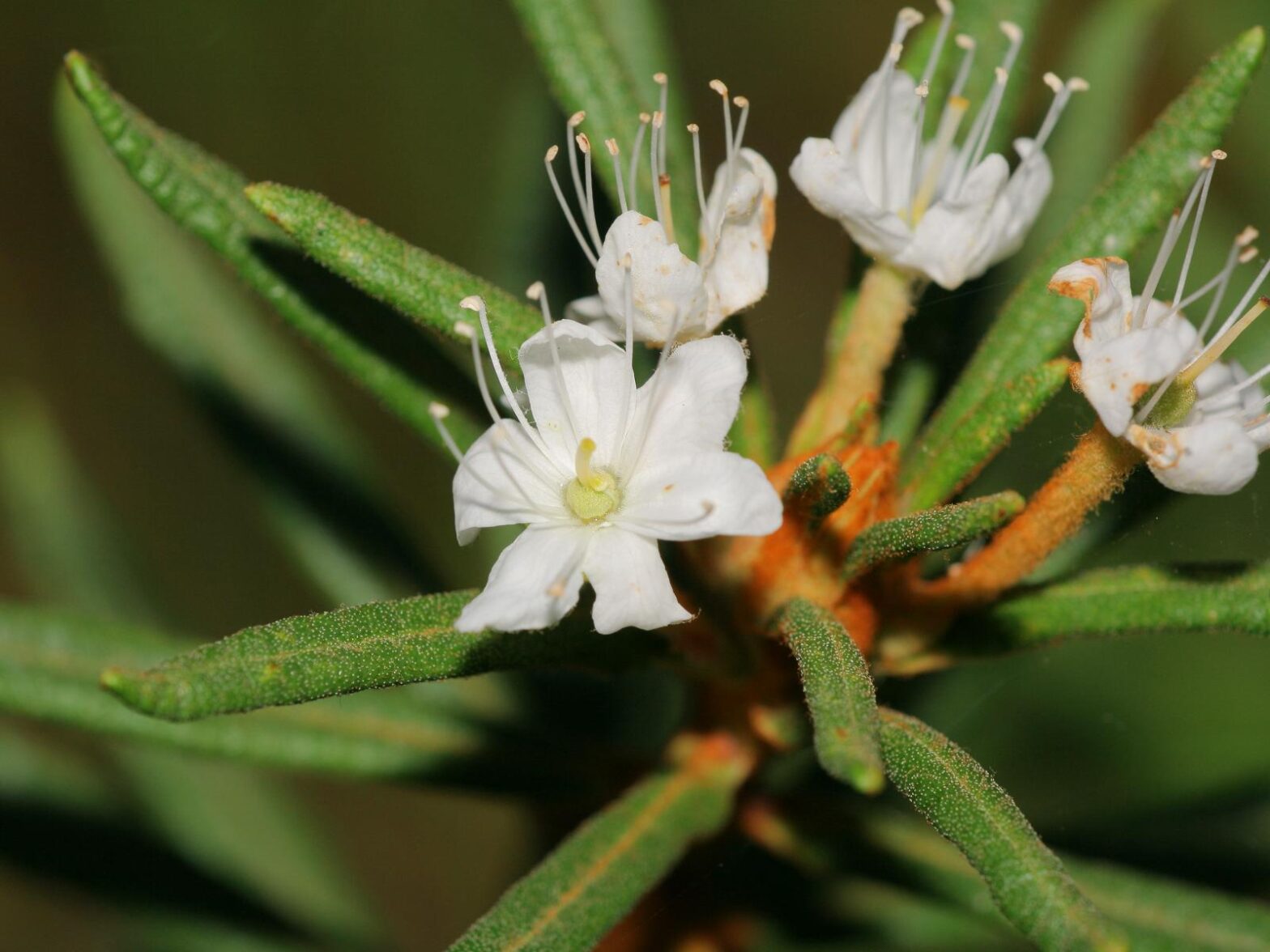Ledum Palustre (Led.), commonly known as marsh Labrador tea or wild rosemary, is a significant remedy within the realm of homeopathy. The remedy is renowned for its efficacy in addressing puncture wounds resulting from stings, bites, and foreign object penetration such as nails or thorns. The characteristic of Ledum’s action is marked by the development of localized swelling in the affected area, accompanied by an unusual coldness to touch and a mottled or bluish discoloration in certain cases.

Ledum Palustre’s therapeutic scope extends beyond the individual to encompass the realm of bites and stings, particularly those inflicted by animals, insects, or ticks. The remedy effectively addresses the aftermath of such encounters by promoting the resolution of symptoms characterized by localized coldness, puffiness, and a distinct mottled appearance. This therapeutic application underscores Ledum’s versatility in managing a diverse range of ailments.
Joint Pain
The Ledum remedy also demonstrates a notable affinity for addressing joint swelling, pain, or gout. A striking feature of Ledum’s action in this context is its peculiar response to temperature variations. Specifically, symptoms in joints are ameliorated by cold applications, including the application of ice. Conversely, warmth exacerbates the discomfort. This idiosyncratic response further emphasizes Ledum’s role in managing conditions that involve joint inflammation and sensitivity to temperature shifts.
Within the domain of joint pathology, Ledum’s therapeutic reach extends to encompass pain and stiffness. The remedy exhibits a significant affinity for joints, where pain and stiffness manifest prominently. Notably, these symptoms respond favorably to cold applications, thereby substantiating Ledum’s distinctive modality. Furthermore, the progression of rheumatism in Ledum patients is marked by a characteristic pattern: the pain originates in the small joints of the lower limbs and gradually ascends upwards, underscoring the remedy’s unique systemic influence on joint health. Importantly, the rheumatic manifestations in Ledum cases are aggravated by warmth, particularly while being warm in bed.
Psychological Traits
Individuals requiring this remedy may tend to exhibit a preference for solitude over company. A marked aversion to social interactions leads them to seek isolation. This preference for being alone is a notable indication for considering Ledum as part of a comprehensive treatment approach.

Black Eyes
The therapeutic scope of Ledum extends beyond joint-related concerns to encompass eye afflictions. Specifically, Ledum offers resolution for black eyes accompanied by ocular pain. The pain experienced in the eyeball finds mitigation through the application of cold compresse.
Treatment for Animals
The application of Ledum for pets and wild animals is much the same as its treatment on humans, and it can be used to address bites, scratches, punctures, as well as joint issues in animals, particularly mammals.

Geographical Context:
Ledum originates from Northern regions, thriving in cold, wet habitats. This plant is native to northern latitudes, encompassing North America, Europe, and Asia. Ledum’s affinity for marshy terrain underscores its adaptation to cold, waterlogged ecosystems characteristic of its natural habitat.
Ledum does have efficacy in providing treatment and a cure for Lyme Disease. Stay tuned for a future post about this topic.
